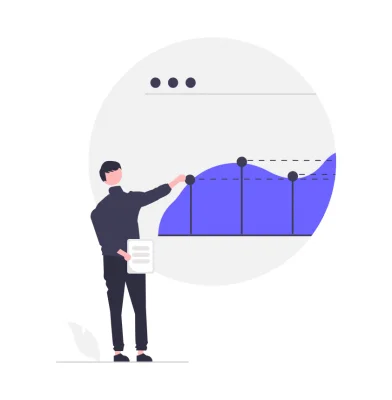
Economics Questions and Answers
Economics questions and answers to help you prepare for JAMB, WAEC, NECO, Post UTME and job aptitude tests or interviews.

Economics questions and answers to help you prepare for JAMB, WAEC, NECO, Post UTME and job aptitude tests or interviews.
If the demand for a commodity remains constant as price increases, the commodity is said to be
Perfectly price inelastic
Unit price elastic
Price elastic
Price inelastic
Correct answer is D
If the demand for a commodity remains constant as price increases, the commodity is said to be perfectly price inelastic. This means that the quantity demanded of the commodity does not change at all in response to changes in price.
Price elasticity of demand is a measure of how responsive the demand for a good or service is to changes in its price. It is calculated as the percentage change in quantity demanded divided by the percentage change in price.
A perfectly price inelastic good has an elasticity of demand of 0. This means that the quantity demanded does not change at all in response to changes in price.
Some examples of perfectly price inelastic goods include:
- Life-saving drugs
- Basic food items
- Essential services (e.g., electricity, water)
In these cases, the demand for the good is so high that even a large increase in price will not cause consumers to decrease their consumption.
Which of the following items is not classified as working capital?
Fuel
Money to pay wages
Semi-finished goods
Equipment
Correct answer is D
The answer is equipment. Working capital is the difference between a company's current assets and current liabilities. Current assets are those that can be converted into cash within a year, such as cash, accounts receivable, and inventory. Current liabilities are those that are due within a year, such as accounts payable and accrued expenses.
Equipment is a long-term asset, meaning that it is not expected to be converted into cash within a year. Therefore, it is not classified as working capital.
The other options, fuel, money to pay wages, and semi-finished goods, are all current assets and are therefore classified as working capital.
To summarize, the item that is not classified as working capital is equipment.
Strive to remain in disequilibrium
Consume the same quantity of commodity X
Consume more of commodity X
Reduce consumption of commodity X
Correct answer is C
A rational consumer should consume more of commodity X when the marginal utility from the consumption of commodity X (Mux) is greater than the price commodity X (Px). This is because the consumer is getting more satisfaction from consuming each additional unit of commodity X than they are paying for it. As a result, the consumer should continue to consume more of the commodity until the marginal utility is equal to the price.
An economy system is mainly concerned with
Studying the relationship between ends and means
The allocation of scarce resources between alternative ends
Handling situations of abudant resources
The establishment of economic laws
Correct answer is B
An economy system is mainly concerned with the allocation of scarce resources between alternative ends. This is because resources are always scarce, meaning that there is never enough to satisfy all of our wants and needs. As a result, we have to make choices about how to allocate our resources in a way that maximizes our well-being.
Money is able to function more as a medium of exchange when
There is a fall in production
More prople engage in subsistence production
Individuals and nations are self-sufficient
There is specialization of labour
Correct answer is D
Money is able to function more as a medium of exchange when there is specialization of labour. Specialization of labour, on the other hand, increases the need for money. This is because specialization means that people produce different goods and services, which they then trade with each other. Money is needed to facilitate these trades.